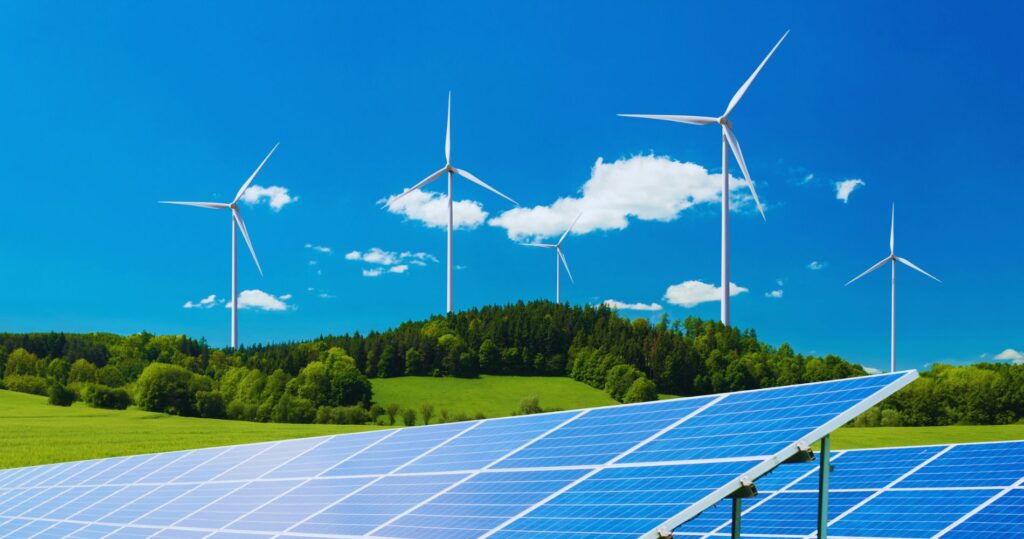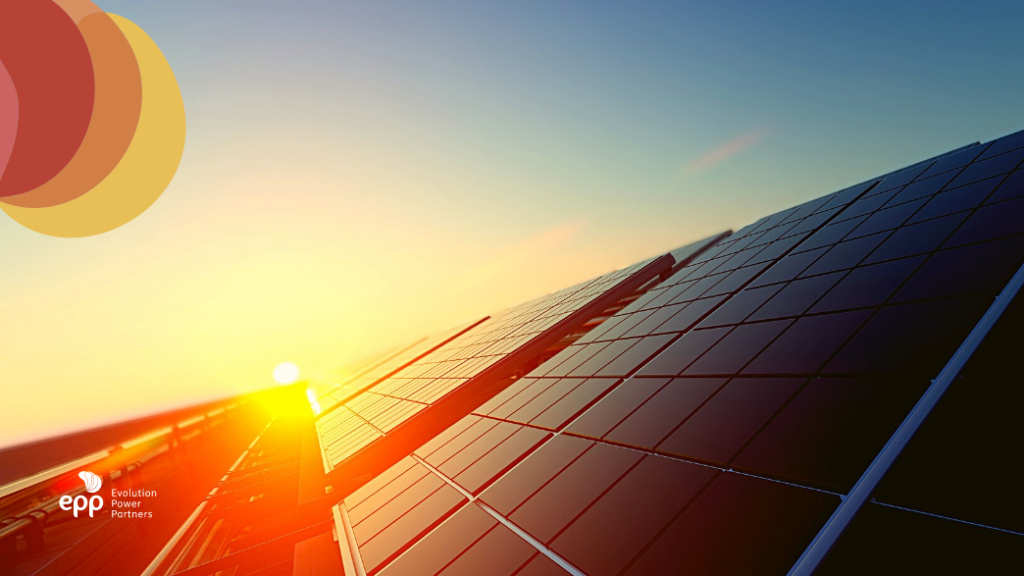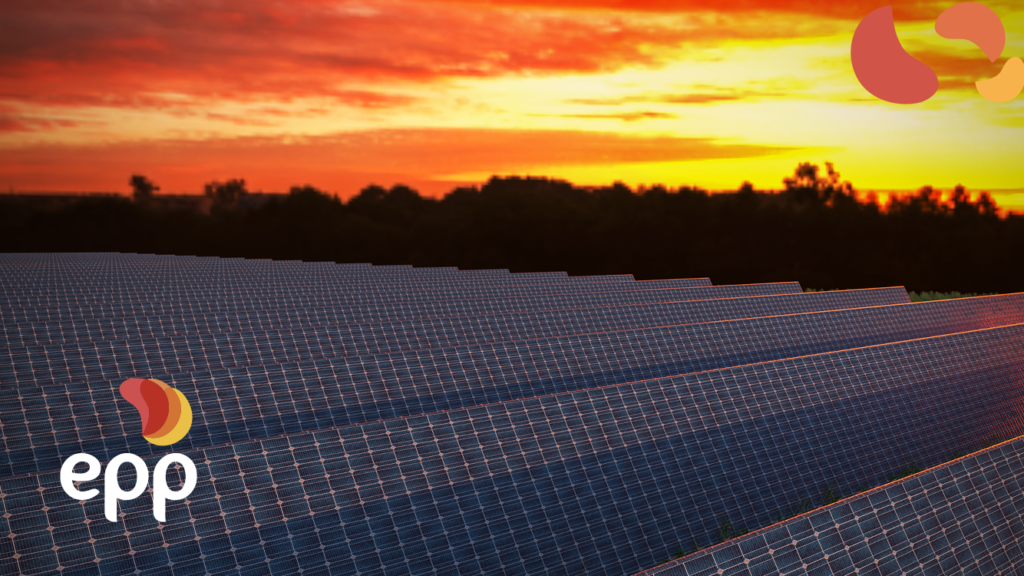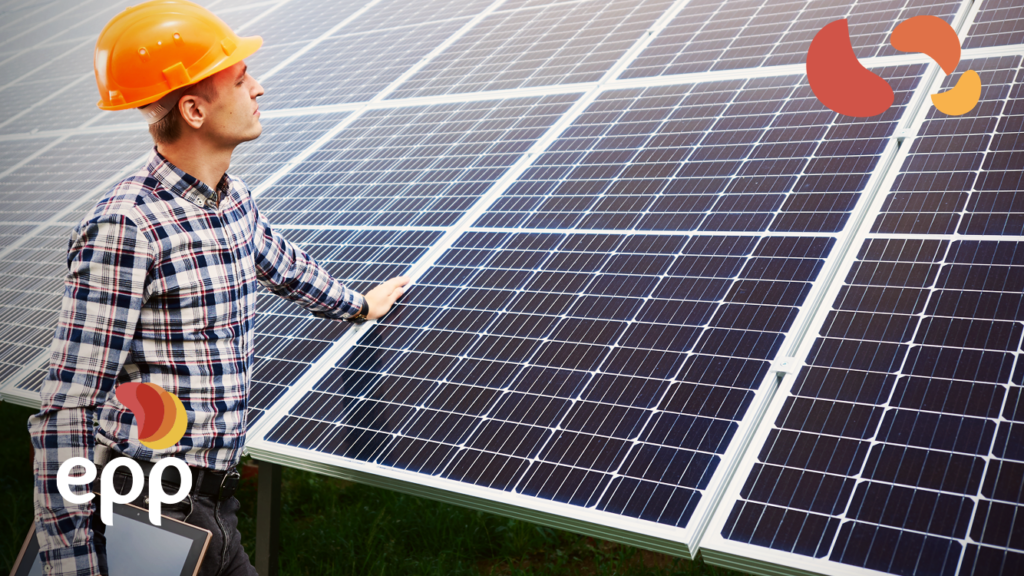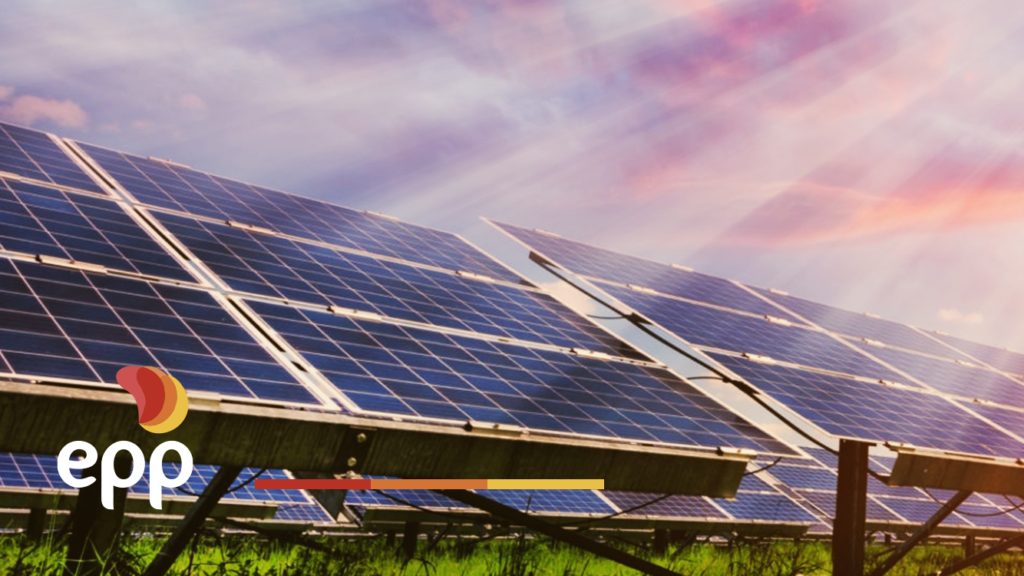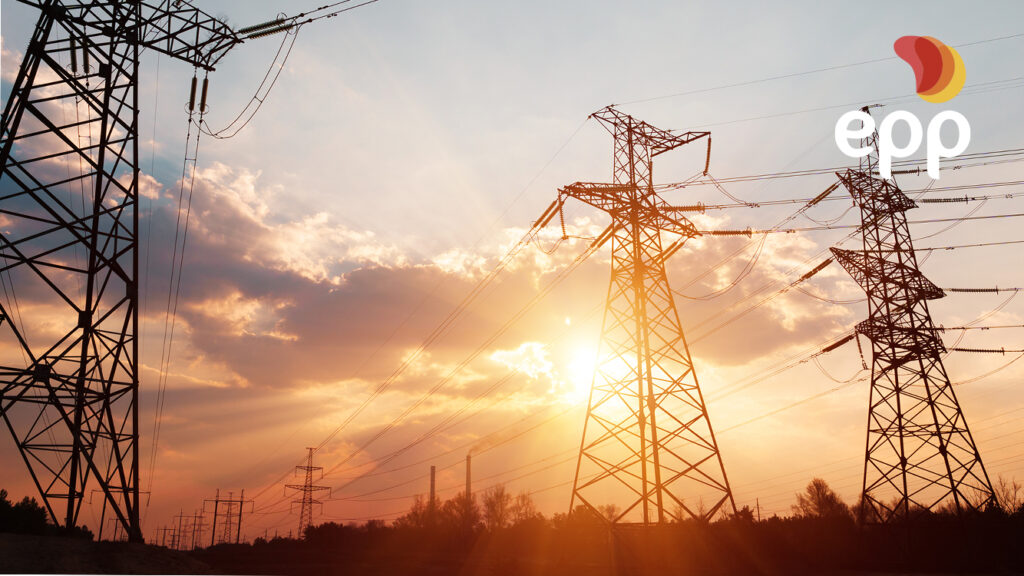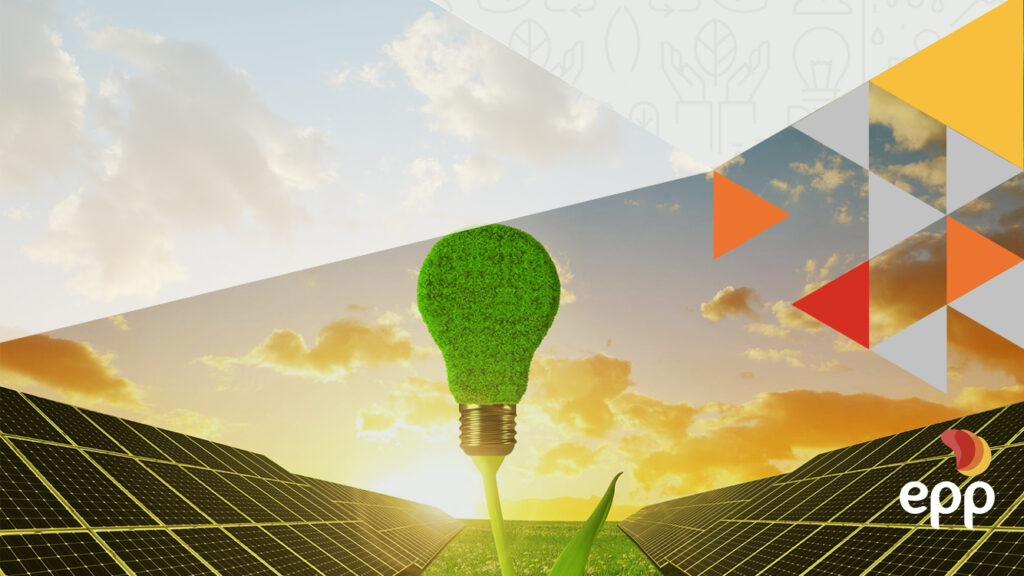Discover the current scenario of the energy market in Brazil, with a focus on clean energy. Learn how the country is harnessing its potential in renewable sources such as wind and solar energy. Find out about the challenges faced and the measures needed to drive the transition to a more sustainable energy matrix.
What is the importance of solar energy in the renovation of the energy matrix? Brazil entered the list of the ten countries that most installed solar energy systems in the world in 2020, according to the International Energy Agency (IEA). This number is relevant since, last year, the economy had a retraction in several sectors due to the pandemic.
The national electric matrix is formed by 82.9% of clean energy, such as hydroelectric, biomass and solar energy, while the global average is 26.7%.
According to the Ministry of Mines and Energy, Brazil currently has 83% of its matrix originated from clean energy. The share is led by hydroelectric (63.8%), followed by wind (9.3%), biomass and biogas (8.9%) and solar (1.4%). Unlike the global average, Brazil is three times more sustainable than other countries.
The generation of solar energy has an essential role in the transition towards a low carbon future and in the promotion of global energy security. What is the future of solar energy generation? The market for this source in Brazil corresponds to 1.7% of the entire Brazilian energy matrix. Although this number is still small compared to other sources, the future of the solar array is very promising not only in the country, but worldwide. It is estimated that in the next 30 years the representation of this matrix in the country will grow and correspond to 16% of the total capacity.

